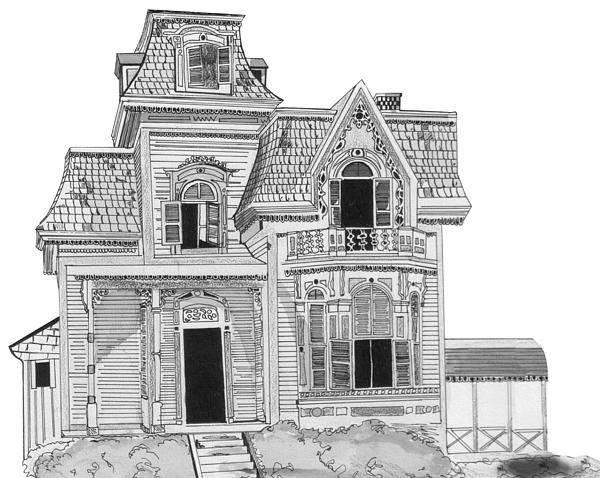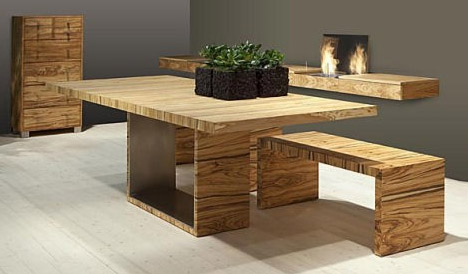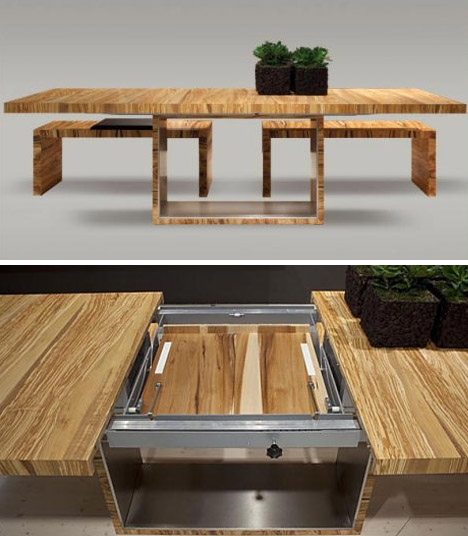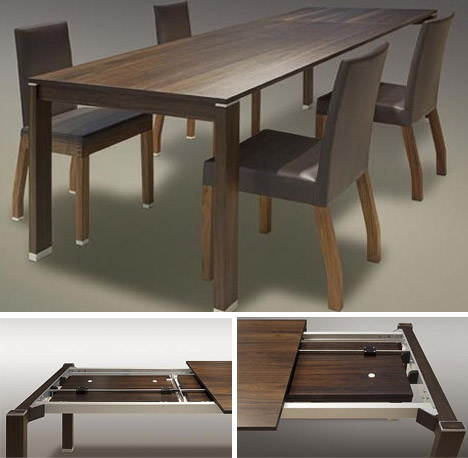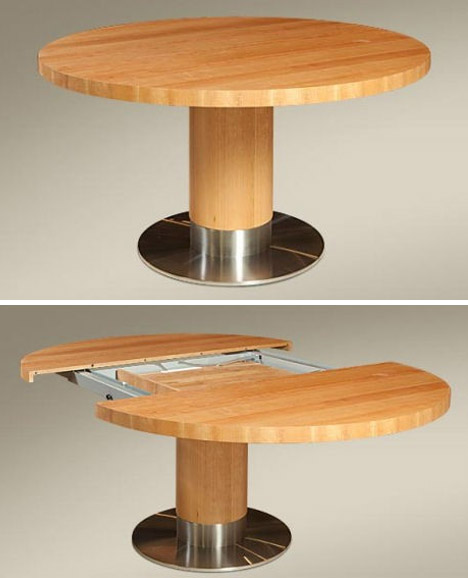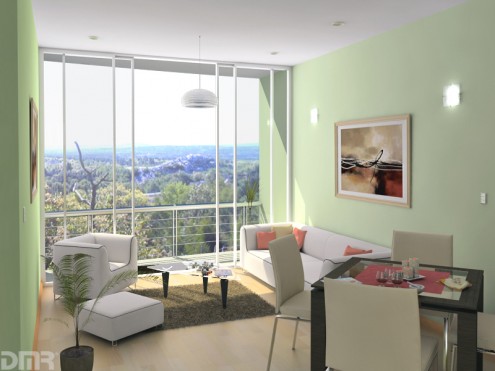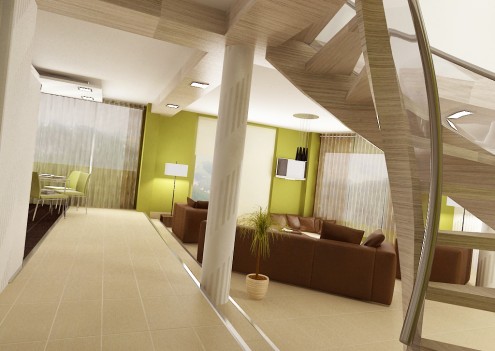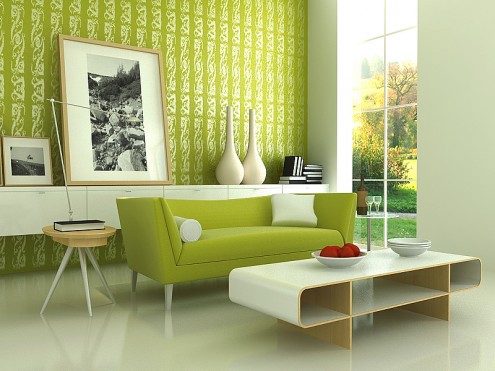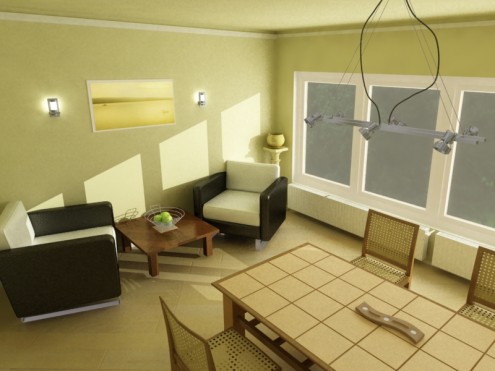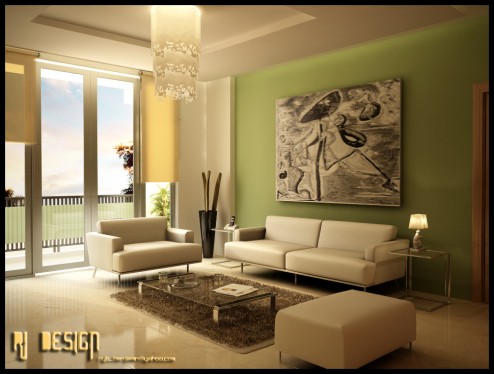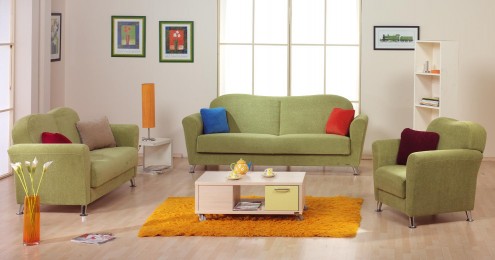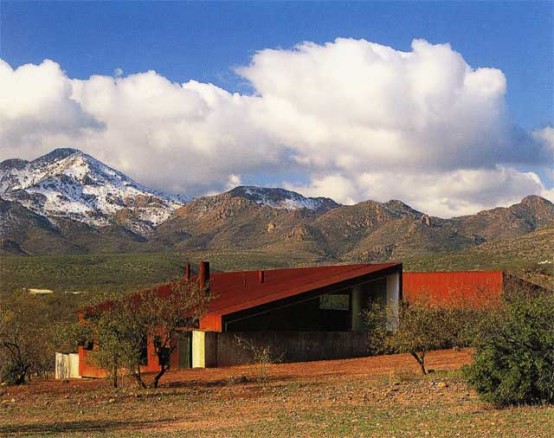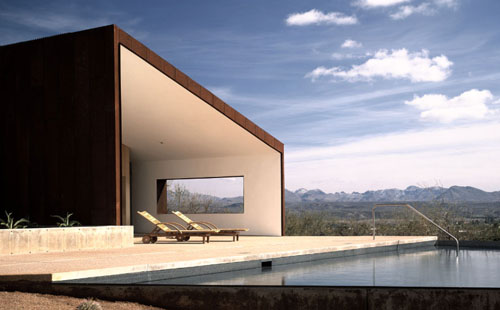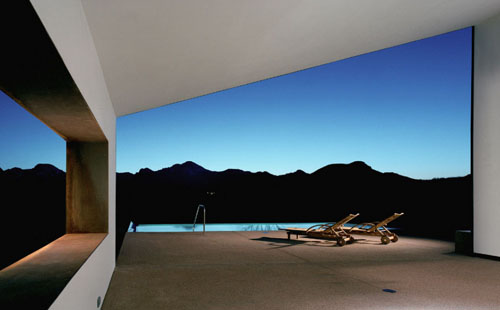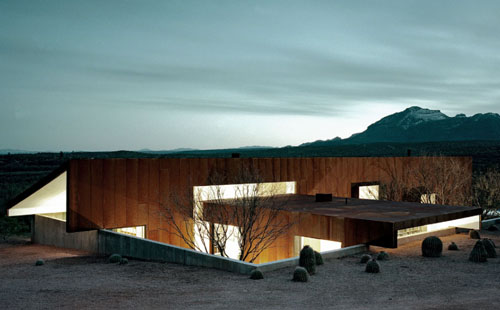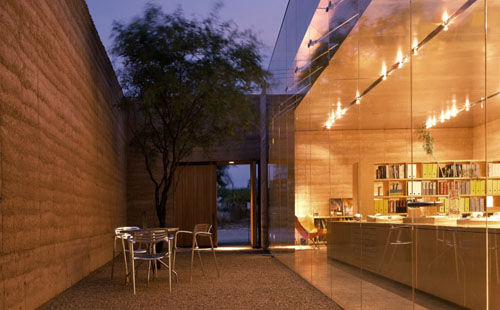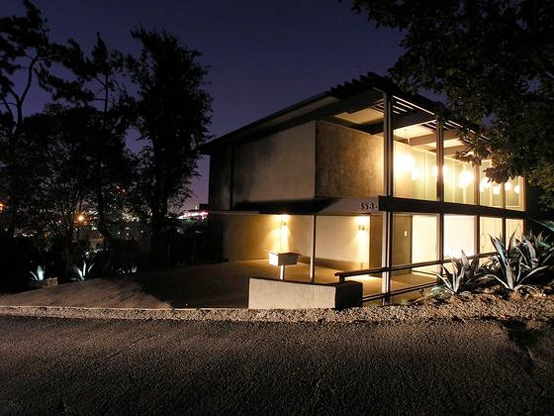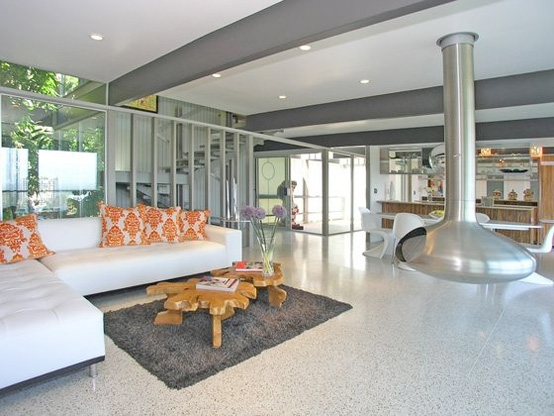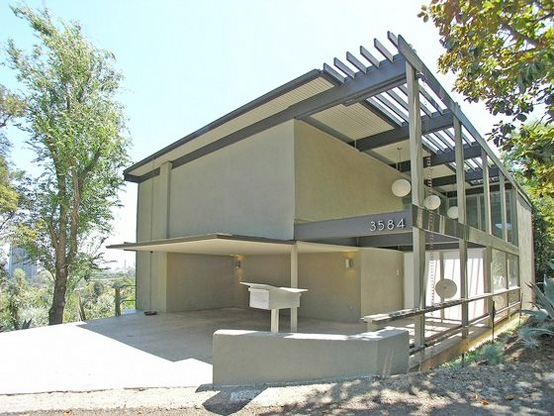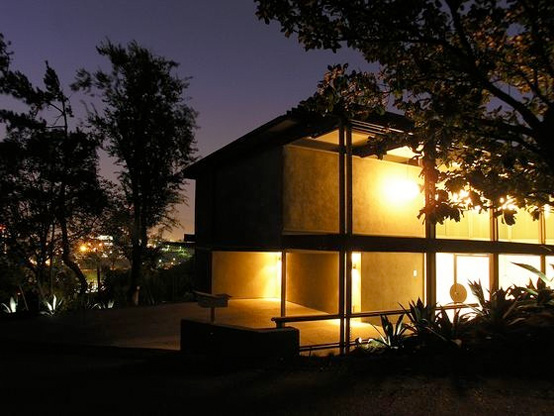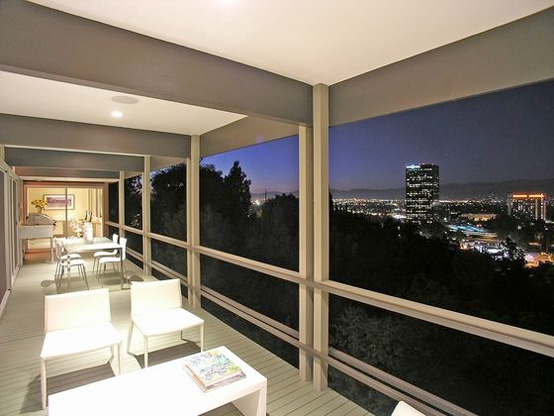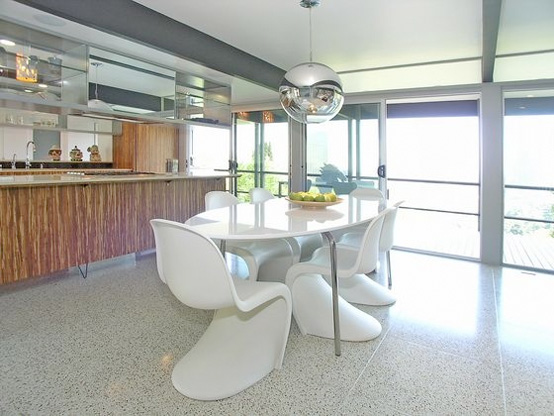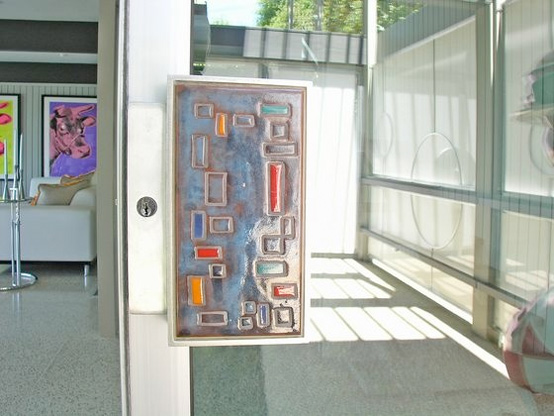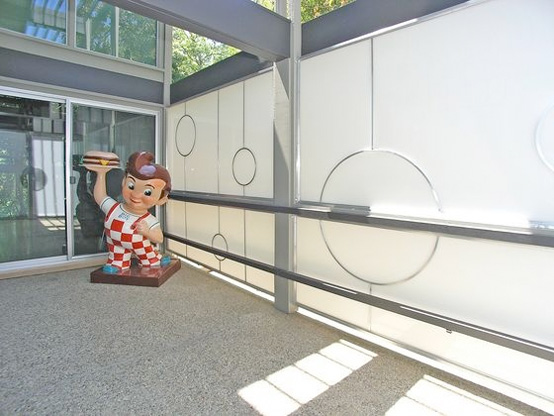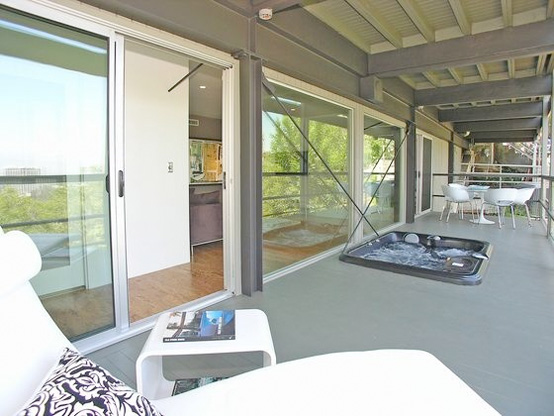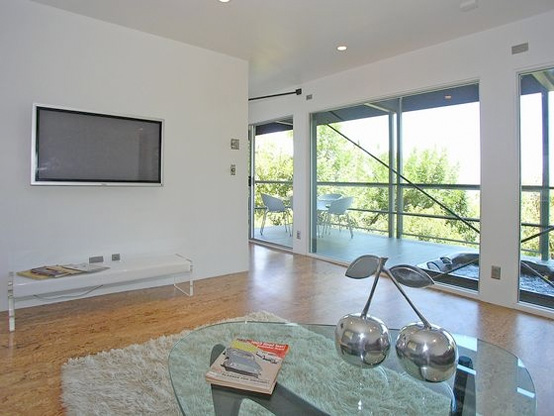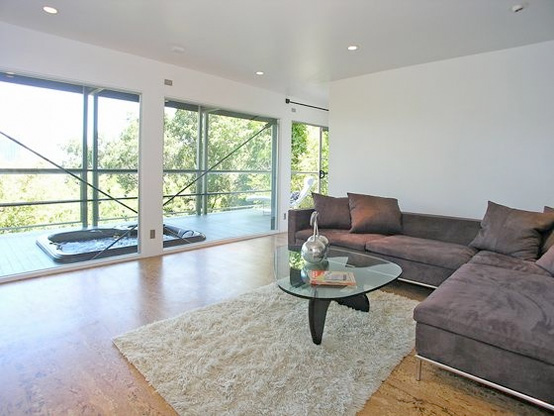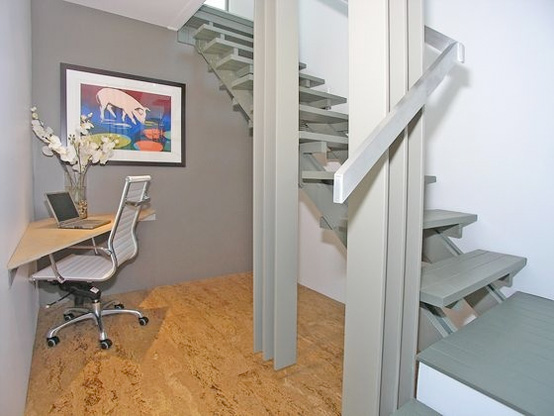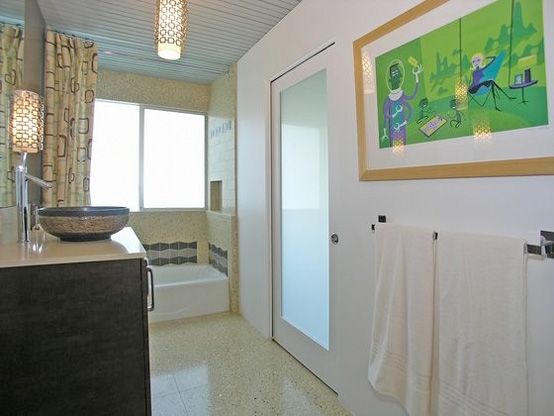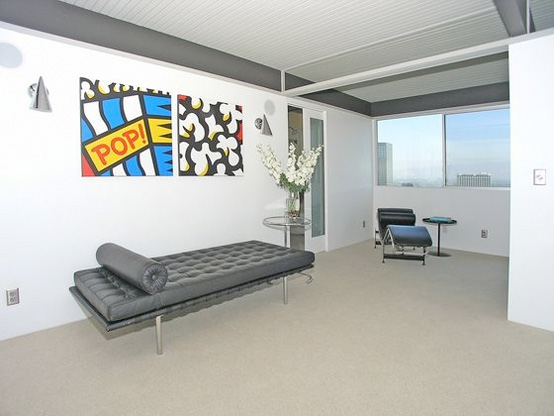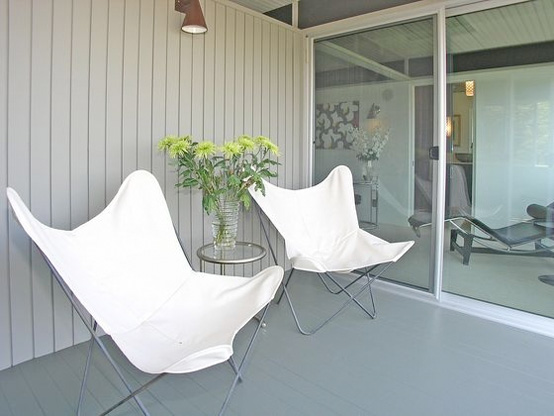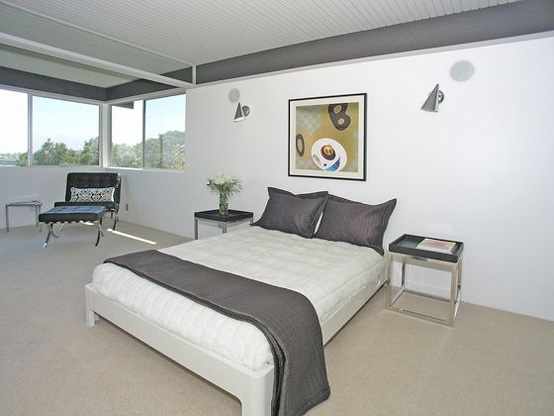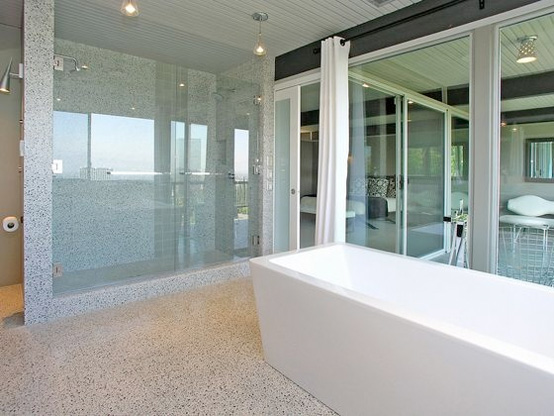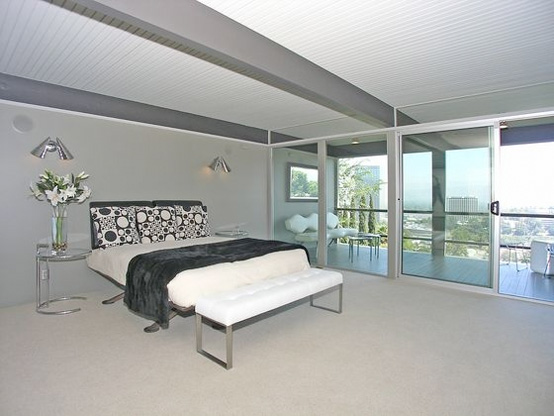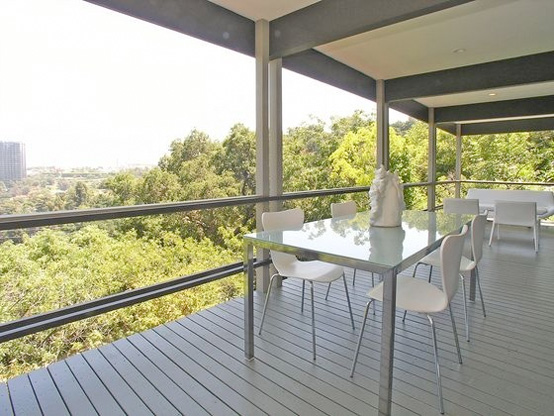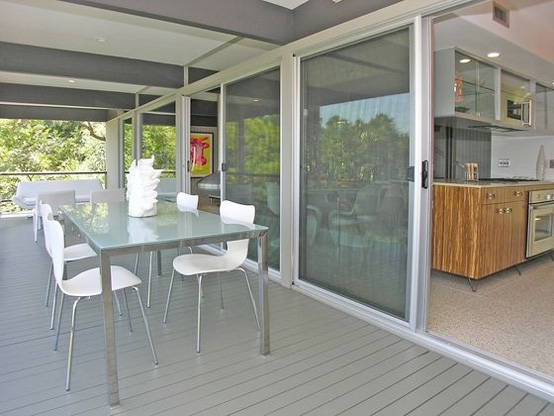If you just bought a new house and will start
decorating, keep the walls simple and majority of the walls plain especially if you are the typical Filipino who keeps accumulating things over the years and can't throw away anything because of sentimental reasons. So that when you move in your
furniture, wall
decors and
accessories, the rooms will not look cluttered.
● If you are buying new furniture, measure your room and the furniture. Scale the room & furniture on cutout newspaper: 1 feet = 1 inch and see if the furniture are proportionate to the room. Make sure there are ample spaces to walk around your furniture.
● Feel free to mix and match different styles of stuff, like contemporary furniture with oriental pieces. Just don't over do it. Make sure they blend together.
● One way to beautify a room even if the walls are plain white is by putting moldings or cornice on the ceiling edge and baseboards.

● If you want to make a room look bigger, use mirrors. they give you an illusion of more space. Colors too affect the illusion of space. A monochromatic color scheme (one/similar color with different shades) like off whites, cream & beige will give you an appearance of more space while warm colors like red and yellow will give an impression of a smaller space. On the other hand cool colors like blue and green will give an openness appearance.
● When choosing a new color for a wall, paint a section of the wall and observe it for a few days at different times. It is a good idea to paint one shade lighter than your sample swatch. Almost always, the color on your sample will look brighter on a big wall than on a small swatch.

● Don't use gloss paint on ceilings, they will show imperfections specially at night when you open the lights.
● It is advised that you don't use strong colors on areas that you frequently use. But you can be more daring with colors on hallways and staircases where you just pass by and don't really stay as often like your bedroom.
● Install your picture frames on eye level, putting them high on the wall makes your ceiling seem lower. Aside from the fact that people will have to gaze up to look at your picture.
● If your floor is made of concrete, tiles or any stone material, put area rugs to make your room cozy and rotate your rug /carpet once in a while to even out the wear and tear.
● Use inexpensive garden pots as indoor planter by painting and decorating them.
● Your garden affects a great deal in beautifying your home but be cautious with big plants, shrubs and trees. They can be hiding places for burglars.
● It is also a good idea to put gravel near windows so you (or your dog) can hear if somebody is trying to peek inside.
● Lights are deterrent to thieves. Light your
house exterior more than the inside of your house when going to bed.
● In designing, the overall look of your home is paramount. From your
furniture, wall colors, to lighting fixtures, everything should be proportional, balanced and harmonious. A small and delicately carved side table may be beautiful as a piece of f urniture but it may not blend well next to a bulky and oversized living room set. Always consider other elements in a room when choosing your furniture, drapes, etc. Ask yourself it is the right size & scale, color and style. If the answer is yes, go ahead and trust your instincts.

images: homedecoratingideas4all
● Your home should reflect your personality. You can hire an
interior designer or decorator, but in the end it should be you and your family's character that should reflect in your home. Go along only with suggestions that is pleasing to you. Remember that a
beautiful home is a home that is beautiful to it's owner.
 Furniture on wheels is easy to move out of they way or use in another room.
Furniture on wheels is easy to move out of they way or use in another room.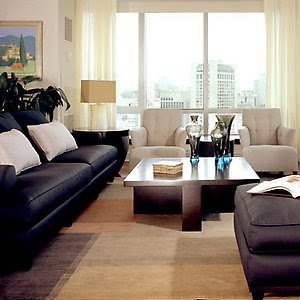 Keep your furniture away from the walls even in small spaces.
Keep your furniture away from the walls even in small spaces. Find creative ways to divide spaces. Dining Room
Find creative ways to divide spaces. Dining Room Don't skimp on light fixtures. They finish a room, draw your eye up and make a room feel
Don't skimp on light fixtures. They finish a room, draw your eye up and make a room feel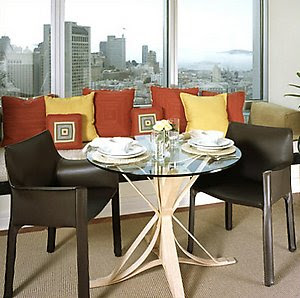 Buy the right sized furniture for the space. Not too big not to small, just right. Accessoaries
Buy the right sized furniture for the space. Not too big not to small, just right. Accessoaries Keep accessories neat and organized and if you rent remember that when you design with accessories you can take them with you when you go.
Keep accessories neat and organized and if you rent remember that when you design with accessories you can take them with you when you go.


 images: homedecoratingideas4all
images: homedecoratingideas4all









